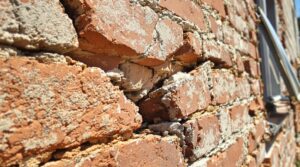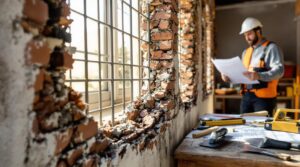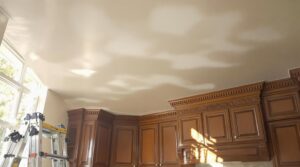Standard home warranty coverage for structural damage typically extends up to 10 years from the closing date of a new home purchase. This structural protection period greatly exceeds the shorter durations assigned to other home components, such as the two-year coverage for essential systems and one-year coverage for workmanship defects. State regulations may affect specific timeframes, and homeowners must maintain proper documentation and report issues promptly to preserve their warranty benefits throughout the coverage period. Additional protection details vary based on warranty providers and selected plans.
Key Takeaways
- Standard builders warranty typically covers structural defects for up to 10 years from the closing date.
- Major structural components include foundations, load-bearing walls, roof framing systems, beams, and columns.
- Coverage specifically protects against manufacturing defects and material failures, not normal wear and aging.
- State regulations may affect the specific duration and scope of structural coverage in different locations.
- Homeowners must report structural defects within the warranty period and maintain proper documentation to ensure valid coverage.
Understanding Basic Structural Coverage Terms
Clarity in warranty documentation begins with understanding the fundamental terms and timeframes associated with structural coverage.
A standard builders warranty covers distinct categories of protection, with structural defects receiving the most extensive duration of coverage, typically extending to 10 years from closing date.
The warranty period is structured in tiers, allocating different timeframes based on the home component's classification. While major structural defects receive decade-long protection, other essential systems operate under shorter coverage windows.
HVAC, electrical, and plumbing systems generally maintain coverage for two years, while workmanship and materials defects are protected for one year.
Understanding these differentiated coverage periods is vital, as structural coverage specifically addresses significant damage to load-bearing components rather than cosmetic issues. This focus on load-bearing elements ensures that homeowners are protected from the more serious repercussions of structural failures, which can compromise the integrity of the entire building. It’s important to be aware of the specific types of structural damage issues that can arise, such as foundation cracks, sagging beams, or compromised walls. By grasping the nuances of structural coverage, policyholders can make informed decisions about their insurance needs and seek appropriate repairs when these issues arise.
State regulations may influence the exact duration and scope of coverage, making it essential to review specific warranty terms applicable to the property's jurisdiction.
Standard Duration of Structural Protection
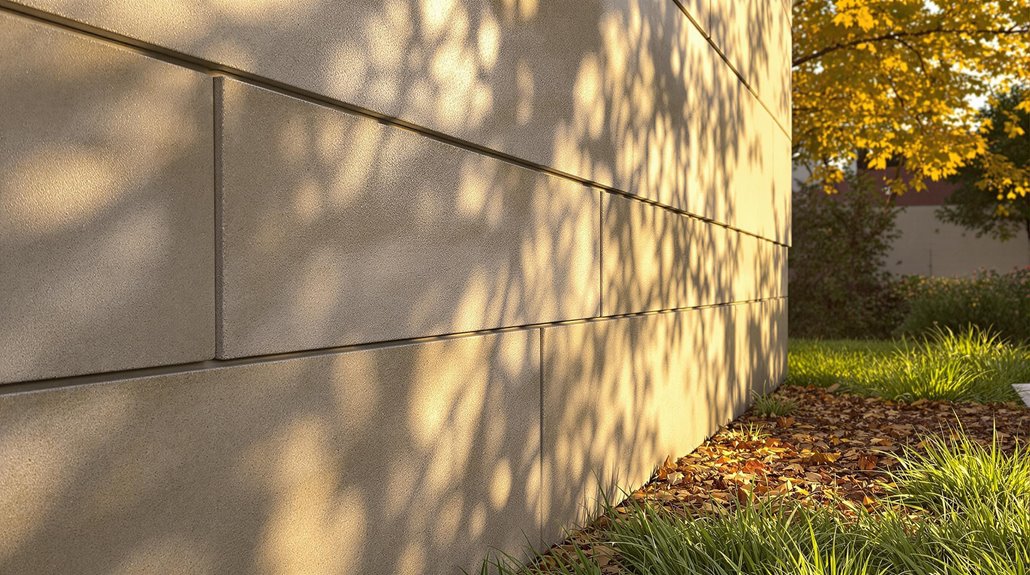
Building upon the established warranty terminology, the standard duration of structural protection follows a well-defined timeline in the residential construction industry. Most builders warranties provide coverage for major structural defects for a period of up to 10 years from the closing date, representing the longest-lasting component of new home protection plans.
The warranty on new homes typically implements a tiered coverage structure, with different durations assigned to various home components. While structural elements maintain the decade-long protection, essential systems such as HVAC and plumbing receive coverage for two years.
Workmanship and materials defects are addressed during the first year of ownership. For homeowners acquiring properties that are not brand new, some warranty programs offer grandfathering options, extending coverage to homes up to three years old.
These durations may be subject to modification based on state-specific regulations and individual warranty providers' policies.
Components Included in Long-Term Coverage

Long-term structural warranty coverage encompasses several vital load-bearing components that form the essential framework of a residential property.
The builders warranty on new homes specifically includes protection for foundation systems, which serve as the base support structure, and floor framing systems that distribute weight across living spaces.
The coverage extends to important structural components such as load-bearing walls, partitions, and roof framing systems that maintain the home's structural integrity.
Essential support elements, including beams and columns, are also protected under the warranty's provisions.
These components must exhibit manufacturing defects or material failures that compromise the home's structural stability to qualify for a warranty claim.
It is significant to acknowledge that while these elements receive extended coverage, typically up to 10 years, the protection specifically addresses defects in materials and construction rather than damage from normal aging or homeowner-induced issues.
Key Differences Between Coverage Periods
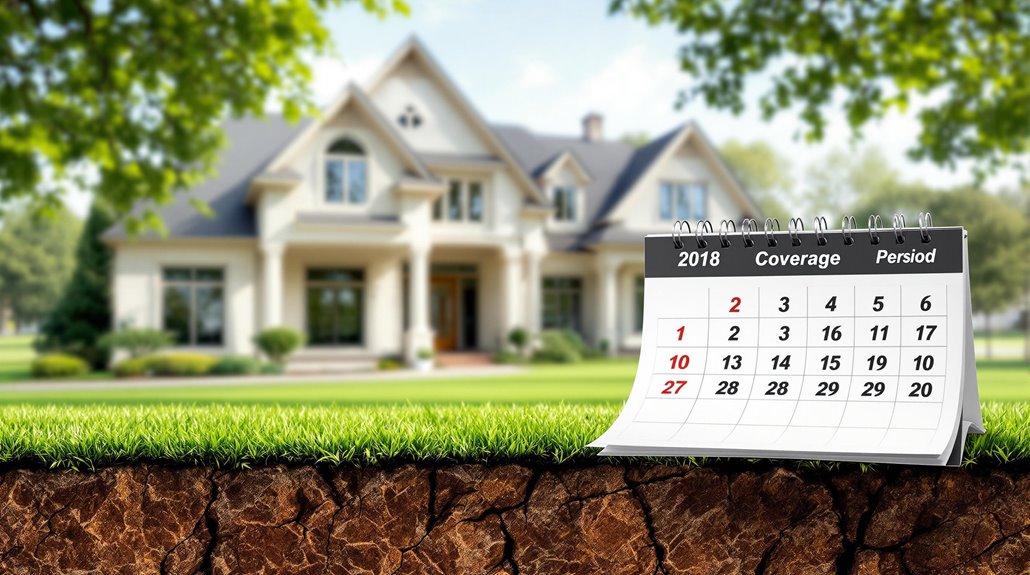
When examining home builders warranty coverage periods emerge for different components of residential construction, with structural elements receiving the most extensive protection.
A standard home builders warranty implements a tiered coverage system that reflects the relative importance and durability of various home components. While structural defects typically receive coverage for up to 10 years, workmanship and materials are protected for just one year.
Systems coverage, which encompasses HVAC, plumbing, and electrical installations, falls between these extremes with a two-year protection period.
This hierarchical approach to warranty coverage periods acknowledges the critical nature of structural integrity versus more readily repairable non-structural elements. State regulations can influence these coverage durations, potentially mandating specific timeframes for different components.
Homeowners must remain vigilant about reporting issues within their respective coverage windows, as failing to document defects during the applicable warranty period can nullify their protection.
Factors Affecting Structural Warranty Length
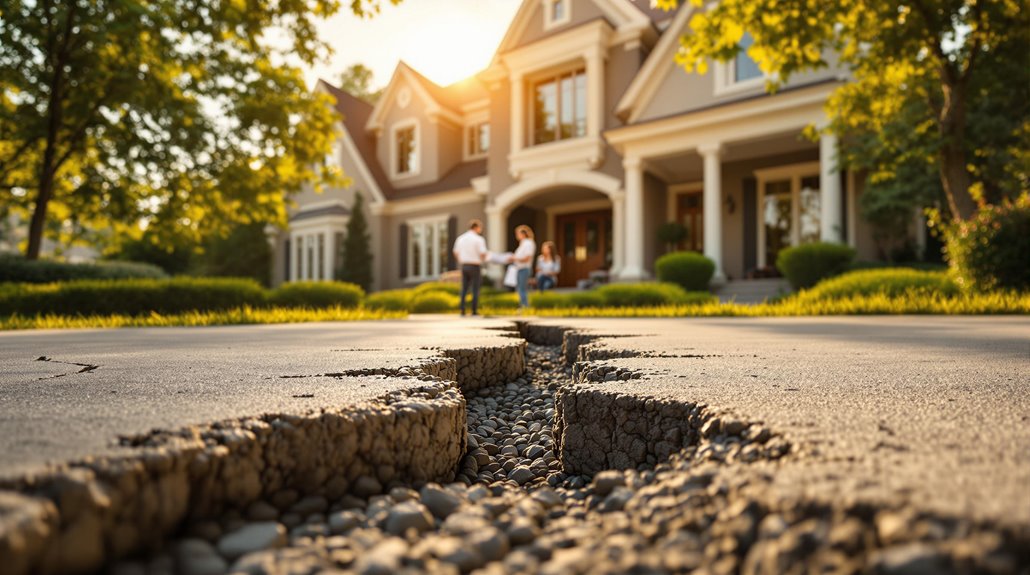
The structural warranty length for residential construction projects depends on multiple intersecting variables that shape the final coverage parameters.
While builders typically provide a 10-year warranty for major structural components, several factors can influence the duration and scope of coverage.
State regulations play a vital role in determining minimum warranty periods, with some jurisdictions mandating specific timeframes for structural protection.
The construction type and building materials utilized also affect how warranties cover different structural elements, including foundations, load-bearing walls, and framing systems.
Additionally, individual builder policies and supplementary coverage options can extend or modify the standard warranty terms.
The warranty structure often follows a tiered approach, beginning with extensive one-year workmanship coverage, followed by two-year systems protection, before moving into the extended structural warranty phase.
This graduated coverage system reflects the varying risk levels associated with different aspects of home construction over time.
Requirements for Maintaining Coverage
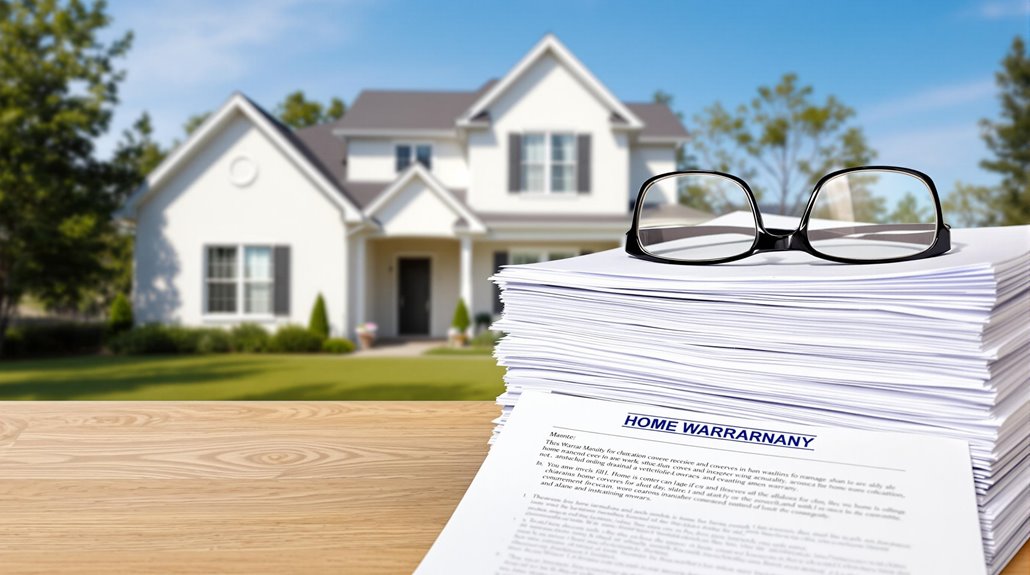
Maintaining structural warranty coverage requires homeowners to fulfill specific obligations and follow established protocols throughout the coverage period. Warranties provide protection against structural defects, but homeowners must actively report defects within specified timeframes and maintain proper documentation of all repairs and maintenance activities.
| Requirement | Timeframe | Action Required |
|---|---|---|
| Defect Reporting | Within warranty period | Document and notify builder |
| System Maintenance | Regular intervals | Follow manufacturer guidelines |
| Documentation | Throughout years of coverage | Keep maintenance records |
| Compliance Review | Annual | Verify warranty terms |
| Claims Filing | As needed | Submit required paperwork |
State regulations often mandate homeowners' understanding of warranty maintenance responsibilities. Failure to comply with these requirements may void coverage, even during the active warranty period. Homeowners should carefully review exclusions in their warranty agreements, particularly regarding modifications or improvements that could impact structural integrity. Regular maintenance of essential systems, such as foundation drainage and ventilation, remains vital for preserving warranty validity throughout the coverage term.
Cost Implications of Extended Protection

Extended structural warranty protection represents a significant upfront cost that typically ranges from several hundred to thousands of dollars above basic coverage.
The investment in thorough structural coverage often proves advantageous when compared to the potential expense of major repairs, which can exceed tens of thousands of dollars for foundation or load-bearing wall issues.
While premium coverage plans carry higher deductibles and annual costs, they provide superior protection against catastrophic structural failures that could emerge well beyond the standard warranty period.
Long-Term Investment Benefits
Strategic investment in an all-inclusive builders warranty delivers substantial long-term financial benefits for homeowners, with potential savings ranging from $15,000 to $30,000 over a typical 10-year coverage period.
The extensive nature of structural warranties provides multiple financial advantages beyond direct repair cost protection.
Properties with active home warranty coverage often command higher resale values, as buyers recognize the inherent security and risk mitigation these policies provide.
Additionally, insurance carriers frequently offer reduced premiums for homes protected by structural warranties, acknowledging the decreased risk exposure.
This dual benefit of enhanced property value and lower insurance costs, combined with the ability to effectively budget for routine maintenance without concern for catastrophic structural repairs, demonstrates the significant return on investment these warranties deliver over their decade-long coverage span.
Premium vs. Basic Coverage
A thorough analysis of home warranty coverage reveals substantial cost differentials between premium and basic protection plans, particularly regarding structural damage coverage. While premium coverage extends protection up to 10 years with extensive structural damage safeguards, basic plans typically offer minimal coverage for shorter durations.
| Coverage Type | Duration | Structural Protection |
|---|---|---|
| Premium | Up to 10 years | Extensive |
| Basic | 1-2 years | Limited/None |
| Homeowners Insurance | Annual | Varies by Policy |
The financial implications of selecting premium coverage often justify the higher initial investment, as structural repairs can impose significant costs beyond basic warranty periods. Premium plans generally provide enhanced protection against defects and systemic issues, offering homeowners greater long-term security compared to basic coverage options that may inadequately address potential structural complications.
Filing Claims During Coverage Periods
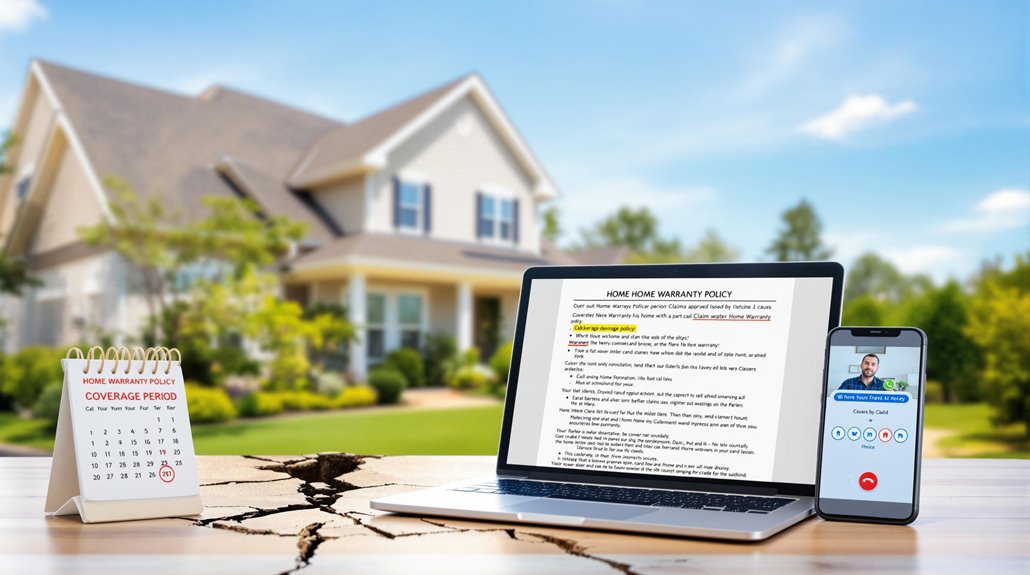
Submitting claims during the designated coverage period requires homeowners to follow specific procedures and timelines established by their warranty provider. Home warranties typically offer structural coverage for up to 10 years from closing, making it vital for property owners to monitor and report defects promptly within this timeframe.
The claims process begins when homeowners identify and document structural issues. The warranty provider or builder then conducts an inspection to verify whether the reported problem falls under covered components. Proper documentation serves as significant evidence during the claims resolution process, supporting the homeowner's case for repairs or compensation.
Failing to report structural defects within the specified warranty period can result in denied claims and voided coverage. As a result, homeowners must maintain vigilance in identifying potential issues and initiating the claims process before their coverage expires, ensuring their investment remains protected under the warranty terms.
Frequently Asked Questions
How Long Does a Home Warranty Cover Structural Damage?
Home warranty coverage typically extends structural damage protection for up to 10 years, encompassing various structural damage types through the warranty claim process for foundation, load-bearing walls, and major building components.
What Does 10 Year Structural Warranty Mean?
A 10-year structural warranty provides extensive coverage for major structural components, distinguishing itself from standard home warranties by specifically protecting against foundation, load-bearing walls, and roof system defects requiring documented claim processes.
What Is Considered Structural in a Home Warranty?
Home warranty structural components encompass load-bearing elements including foundations, floor systems, wall framing, roof trusses, support beams, and columns, with coverage limits specifically addressing major structural defects.
How Long Is a Structural Warranty?
Structural warranties on residential repairs typically extend for 10 years, subject to policy details and warranty exclusions. Coverage periods must be verified through specific warranty documentation for accurate protection terms.
Final Thoughts
While structural warranty coverage typically ranges from 10-15 years for new construction homes, the duration and scope can vary considerably based on provider and policy type. Though some homeowners question the cost-effectiveness of extended coverage, the potential expense of major structural repairs often justifies the investment. Critical factors including soil conditions, construction quality, and maintenance compliance ultimately determine the warranty's long-term value and effectiveness.
For homeowners dealing with structural damage or other property-related claims under their homeowners insurance policy, insurance industry professionals and legal experts strongly advise consulting a qualified state-licensed public adjuster. Public adjusters work exclusively for policyholders, not insurance companies, serving as advocates throughout the claims process. These state-licensed professionals help navigate complex insurance policies, identify hidden damages often unknown to policyholders, thoroughly document losses, and negotiate with insurance companies to ensure fair settlements while protecting policyholder rights.
By working with a public adjuster, homeowners can maximize their claim payouts, expedite the claims process, and reduce the stress of dealing with insurance companies. Policyholders interested in discussing their property damage or loss claims can request a no-obligation free consultation with a Public Claims Adjusters Network (PCAN) member public adjuster through their contact page.

